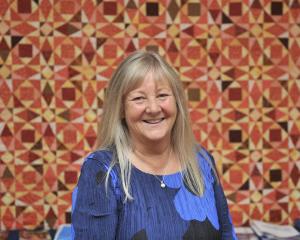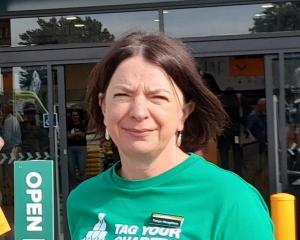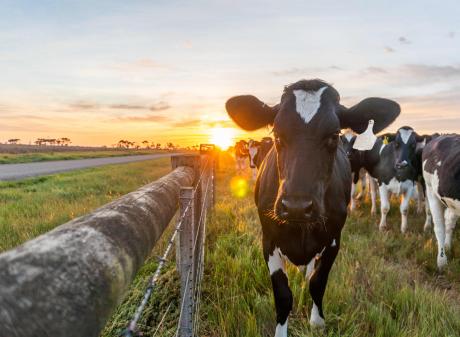
He talks to Alice Scott about diversifying into solar energy.
Sam Spiers and his family are no strangers to thinking outside the square when it comes to business.
Owned by three families, Alpine Pastures Group (APG) runs a beef and lamb finishing operation centred around a 12-month supply spread across four properties in Tarras and Canterbury. It also has a 600-cow dairy farm in Canterbury, an avocado orchard in Northland and a 12ha cherry orchard in Central Otago.
The Tarras property runs five centre pivot irrigators covering 420ha which require water to be pumped about 100m uphill.
"In the summer, the pivots can be running up to 24 hours; that’s a lot of water covering a lot of ground and with the way the power prices are, it could become a very expensive operation if we did nothing," Mr Spiers said.
He decided to look into installing a solar-powered system and engaged a local solar energy installer.
"They worked alongside a consultancy company which investigated the viability of the system — if unused power could be exported into the national grid and what the bottom line might look like for us. We are only a month in since we came online and time will tell, but so far what was forecasted and what we are seeing are bang on," he said.

Mr Spiers calculated the payback on the capital investment would be about seven to eight years and would offer a passive income with what he estimated would be slightly more than a 10% annual return.
"But the way power prices are at the moment and the increasing demand for power, that could very well go up."
A major factor to the feasibility of the system was the solar site’s proximity to a transformer and whether it was economically viable to export the power back into the grid. "This is where our local contractor was really helpful – we found a site that worked for us and he made it happen."
The install has also been a "feel good" project for Mr Spiers. "It ticks a lot of boxes for us in terms of offsetting our carbon outputs, creating a sustainable and renewable energy source and it offers resilience if we were to get a major power outage.
"It’s also good to be involved in something that’s not just chasing more production. The downturn has certainly made us look at things differently and find better ways of doing things. This system was an easy solution to a problem, you are your own customer, so to speak. The set up was very easy and there’s no staff to add to the mix. It was a bit of a no-brainer, really."
Mr Spiers intends to install more solar to the business as time allows. "Anywhere where we are using power all day has potential to be switched to solar."
The system comes with a smartphone App where Mr Spiers can see what the power is doing at any time. "I have turned into a bit of a geek analysing all the data and keeping an eye on what power prices are doing. I have certainly found it a very interesting and rewarding exercise," he said.















